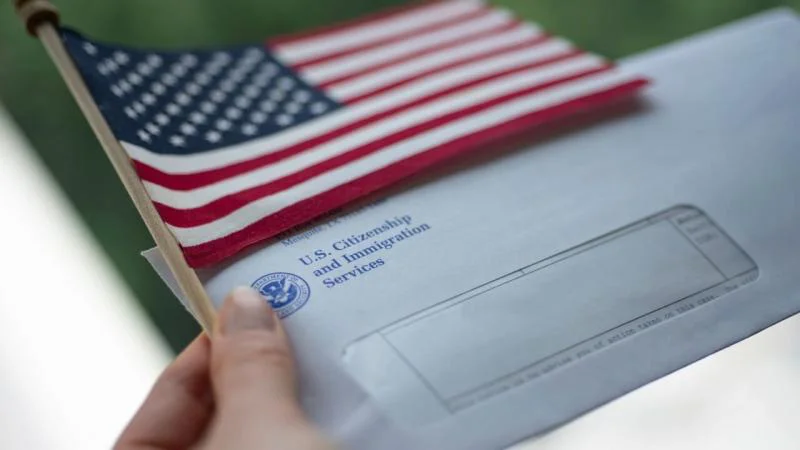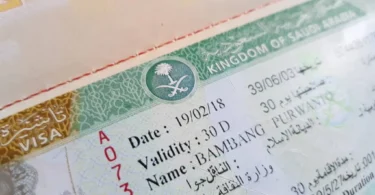Understanding the different work visas is crucial for those seeking to work in the United States from another country. This comprehensive guide will detail the requirements, benefits, and processes for each of the ten types of U.S. work visas. Whether you’re looking to stay temporarily or permanently, there’s a visa that fits your needs.
Table of Contents
What is a Work Visa?
A work visa is a formal endorsement confirming that a non-U.S. citizen is legally allowed to be employed within the United States. These visas come in various forms, some for temporary employment and others for permanent work rights. An Employment Authorization Document (EAD) might also be necessary in certain situations. This document further verifies an individual’s legitimacy to work within U.S. borders.
A Breakdown of the 10 Types of U.S. Work Visas
Temporary Worker Visas
These visas provide non-U.S. citizens the right to reside and work in the U.S. for a specified time. After the visa’s validity, the holder must depart from the country unless they’ve applied for and been granted an extension.
If you enjoy this article, don't miss out on the valuable insights and information available in our other related posts:
- Reasons The United States Revokes F-1 Visas Of Hundreds Of International Students
- Fully Funded Netherlands Aspire Summer Student Program 2025
- In-Demand Employments And Work Visas: Nations Seeking Skilled Workers In 2025
- How To Send IELTS Scores To Universities
- How To Enhance The Chances Of Your PR Application Not Delayed
H-1B Specialty Employment
- For those in specialty professions such as I.T., engineering, etc.
- Requires a bachelor’s degree or equivalent and a job offer from a U.S. employer in a specialty role.
- Limited number available annually due to high demand.
L-1 Visa
- Ideal for employees of international companies with U.S. affiliates.
- L-1A for managers and executives.
- L-1B for employees with specialized knowledge of the company and its operations.
O-1 Visa
- Reserved for individuals who have exceptional expertise in their field.
- Applicants need to showcase they’re leaders in their industry, whether it’s in sports, entertainment, business, etc.
E-1 and E-2 Visas
- E-1: Treaty traders from countries with a trade agreement with the U.S.
- E-2: Treaty investors who invest significantly in a U.S. enterprise.
T.N. Visa
- Arising from the North America Free Trade Agreement (NAFTA).
- Designed for Canadian and Mexican residents with specialized professions.
E-3 Visa
- Exclusively for Australian citizens in specialized roles.
- Has annual limitations, excluding family members.
Seasonal Agricultural Employment Visa (H-2A)
- For foreign workers filling temporary agricultural jobs.
- Limited to one year with a maximum of three years.
Permanent (Immigrant) Visas
Also known as green cards, these visas allow holders to work and live in the U.S. indefinitely.
EB-1 First Preference
- Three categories: Individuals with Extraordinary Ability, Outstanding Professors and Researchers, and Multinational Managers or Executives.
EB-2 Second Preference
- For those with an advanced degree or exceptional skill in their field.
- Applicants must provide substantial evidence of their expertise.
EB-3 Third Preference
- Catered towards skilled workers, professionals, and other workers.
- Each category has its distinct requirements.
Conclusion
Understanding the types and requirements of U.S. work visas is crucial for potential applicants. Whether you’re aiming for temporary work or a permanent stay, there’s a visa tailored to your professional needs. To ensure a smooth process, staying informed and seeking professional advice when considering working in the United States is always recommended.





